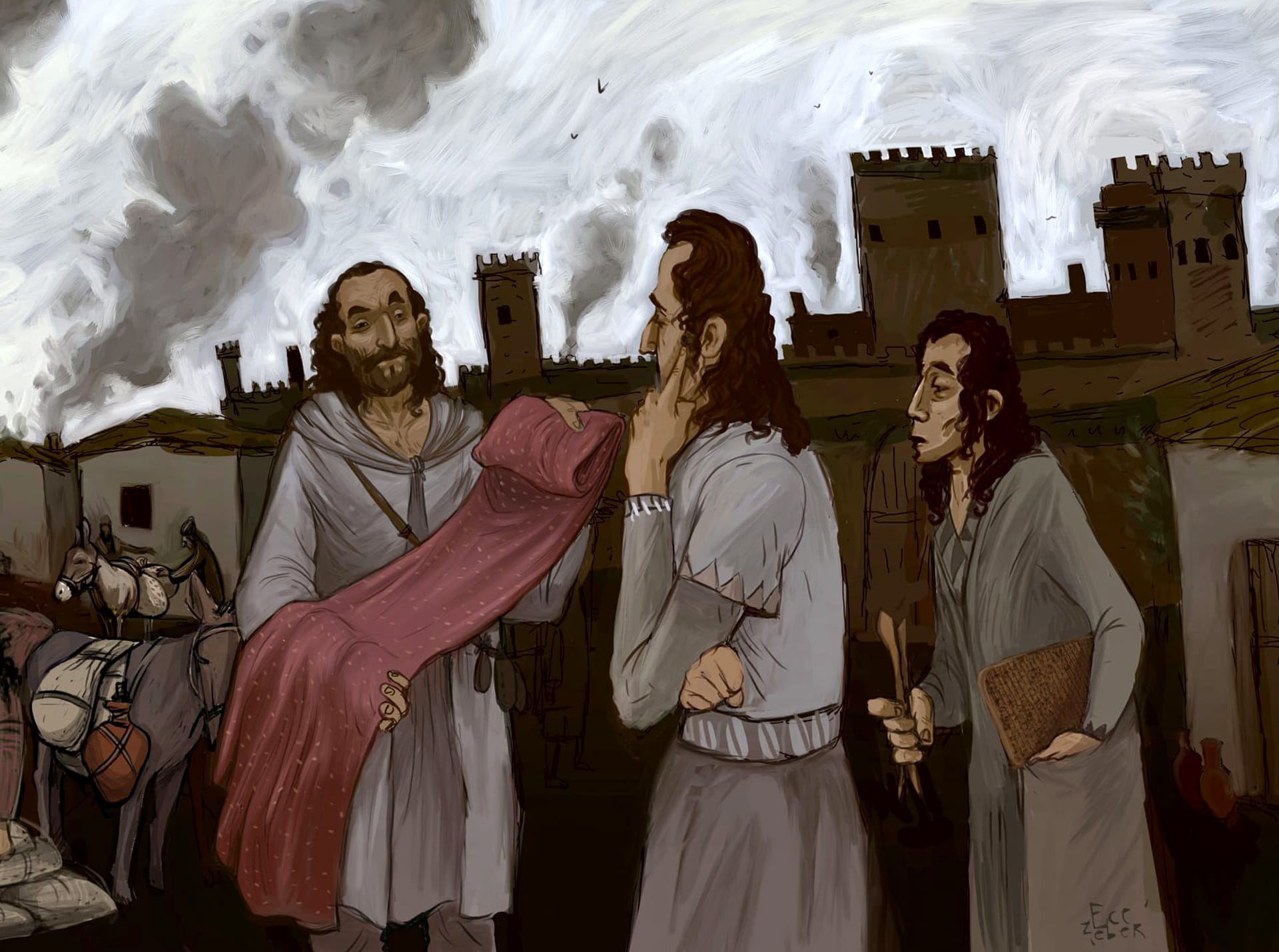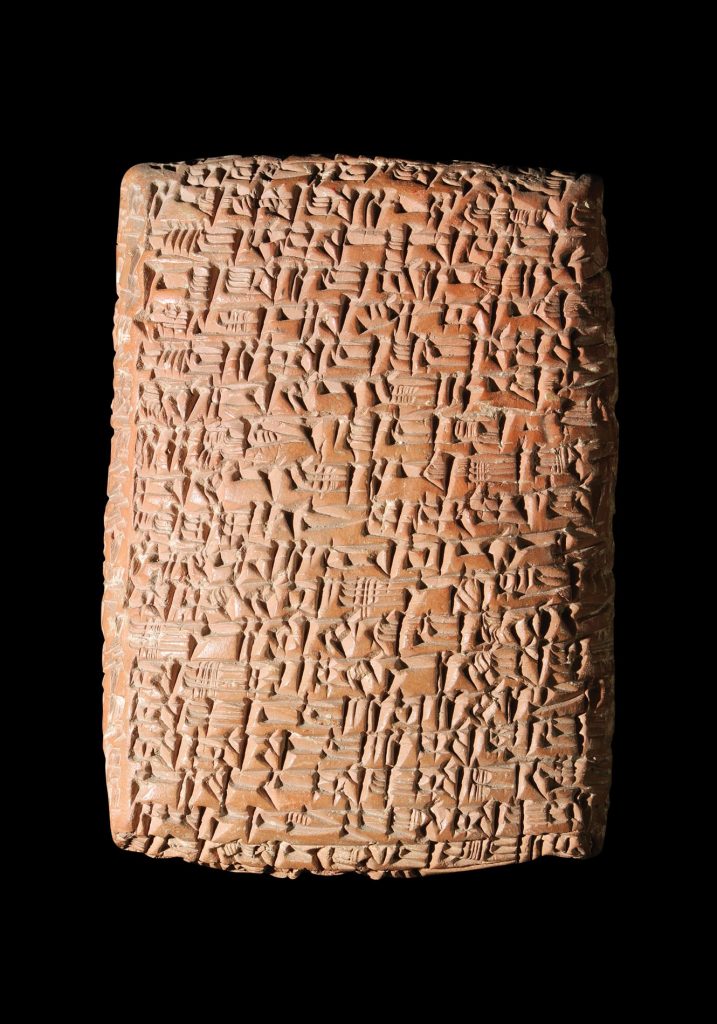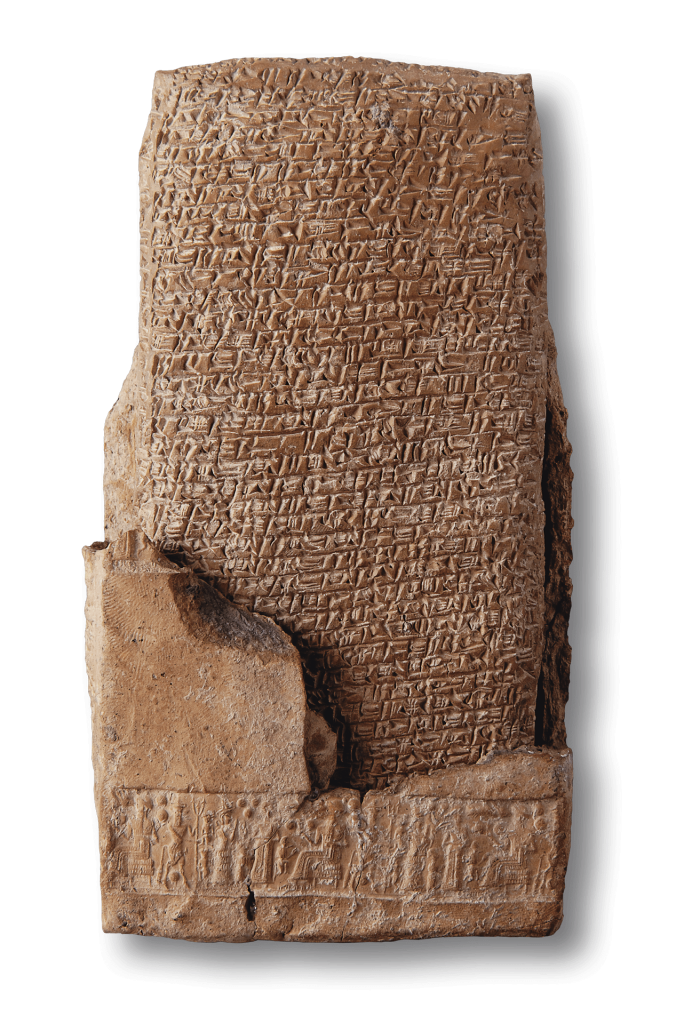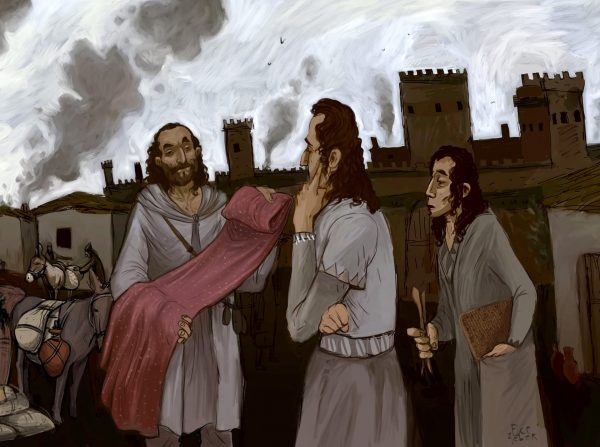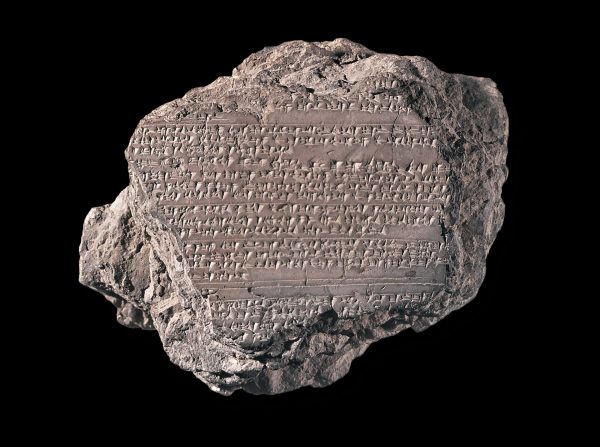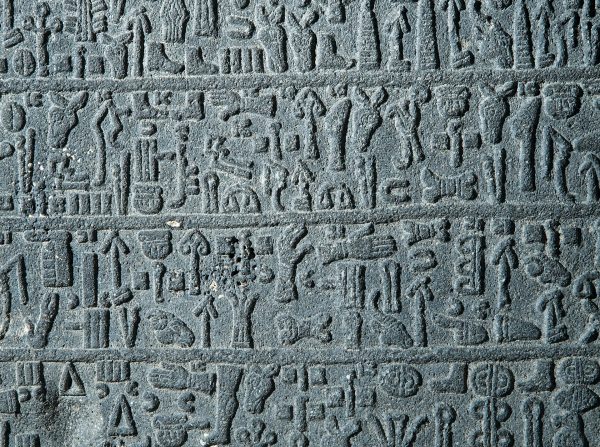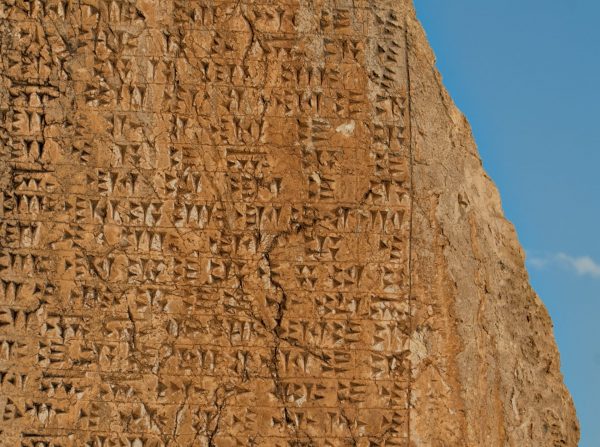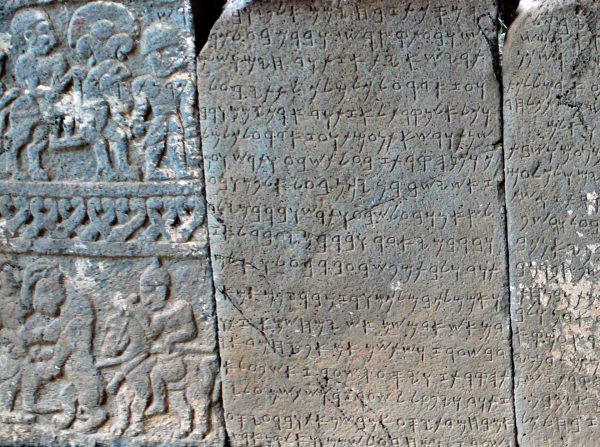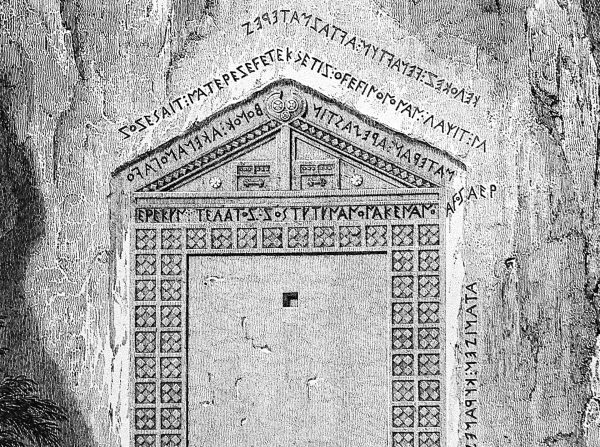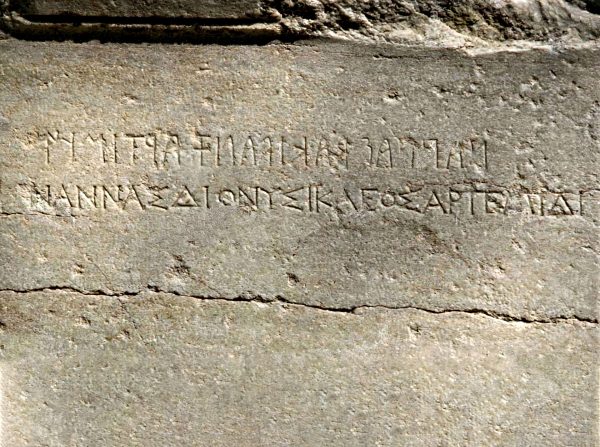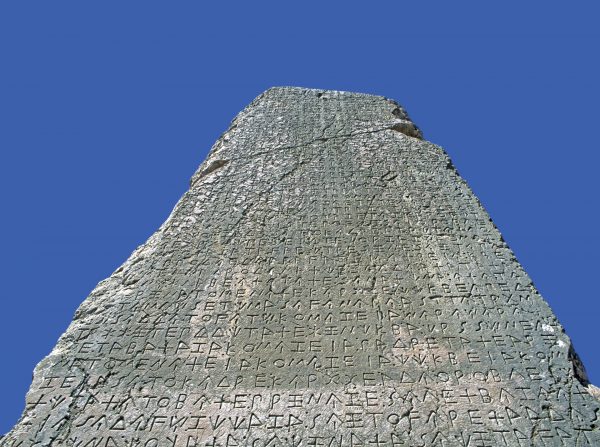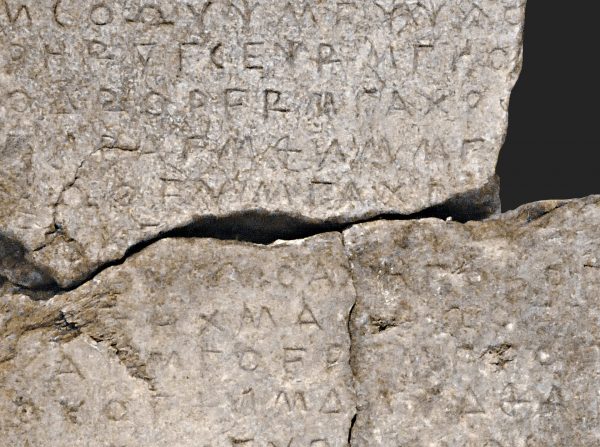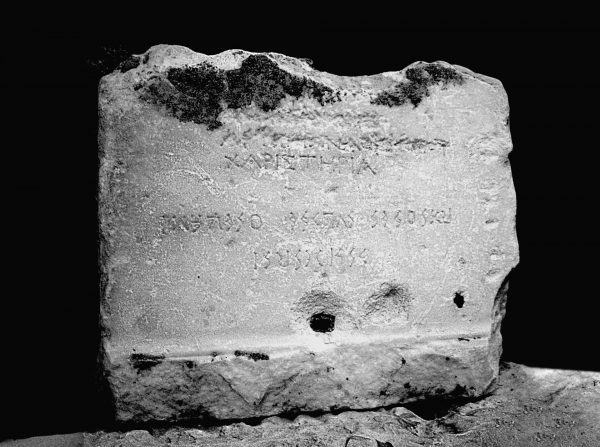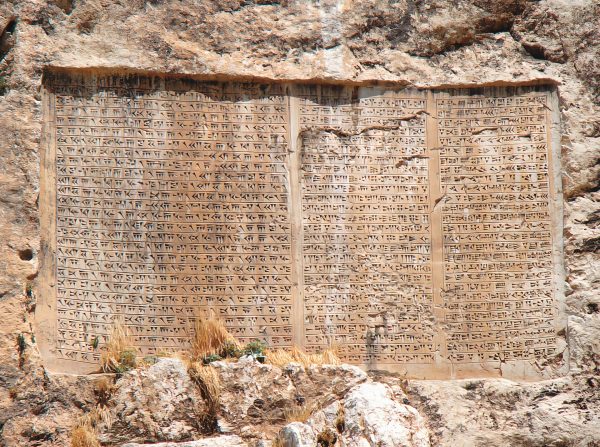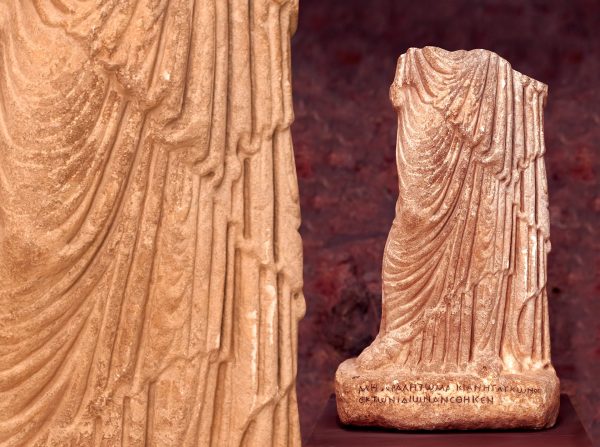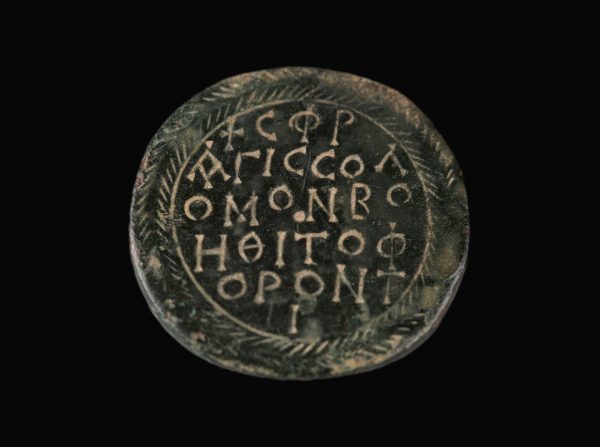(Although) my father and you did not keep (any) tablets with envelopes, you file a complaint against me. If you are keeping (in your hands) a tablet with envelope belong- ing to me and if you have witnesses against me send here!
What more shall I say. My father remained in bed (he was bed-ridden) for 3 months, he did not say anything about whether or not he owned any silver. You stayed by (next to) our father and you know as well that our father has not left any silver. You are suing me for imaginary things. You wrote a lot of words to me in a tablet today.
Let’s envelope our tablet (approve our document), hear our father’s will and meet in Ashur according to our father’s will. Furthermore, I am feeding and clothing your concubine since our father died. During commercial restrictions (embargo), I took 1 1⁄2 minas of silver (on loan) from the house of an Anatolian in order to keep my family alive, (so) I kept myself and my family alive.70-71) Today the Anatolian is searching for me (for his claim). You killed me (commercially). When I did not take anything belong- ing to my father, you went and took 1⁄2 mina of silver from Hanunu and Anina in Luhuzattiya.
Come, our sister, the priestess and our brothers are in Ashur as well. Let’s do what our father’s will requires. Our father’s will (is) in the city. You put me in debt instead of encour- aging me by giving 10 shekels of sil- ver each (to) keep my family alive. Since our father died, I sent 10 shekels of silver each to the city for my family.
Since our father came to Kanesh, I was somewhere else (but) you were by his side, (then) you explain our father’s assets (his finan- cial situation)!”Based on these statements, the small-great assemblies of the karum Kanesh gave us (the duty of witness- ing) and we witnessed at the gate of the god, before the dagger of Ashur. Witness Išim-Suen, son of Šallim- Aššur, witness Dan-Aššur, son of Aššuriš-tikal.”

